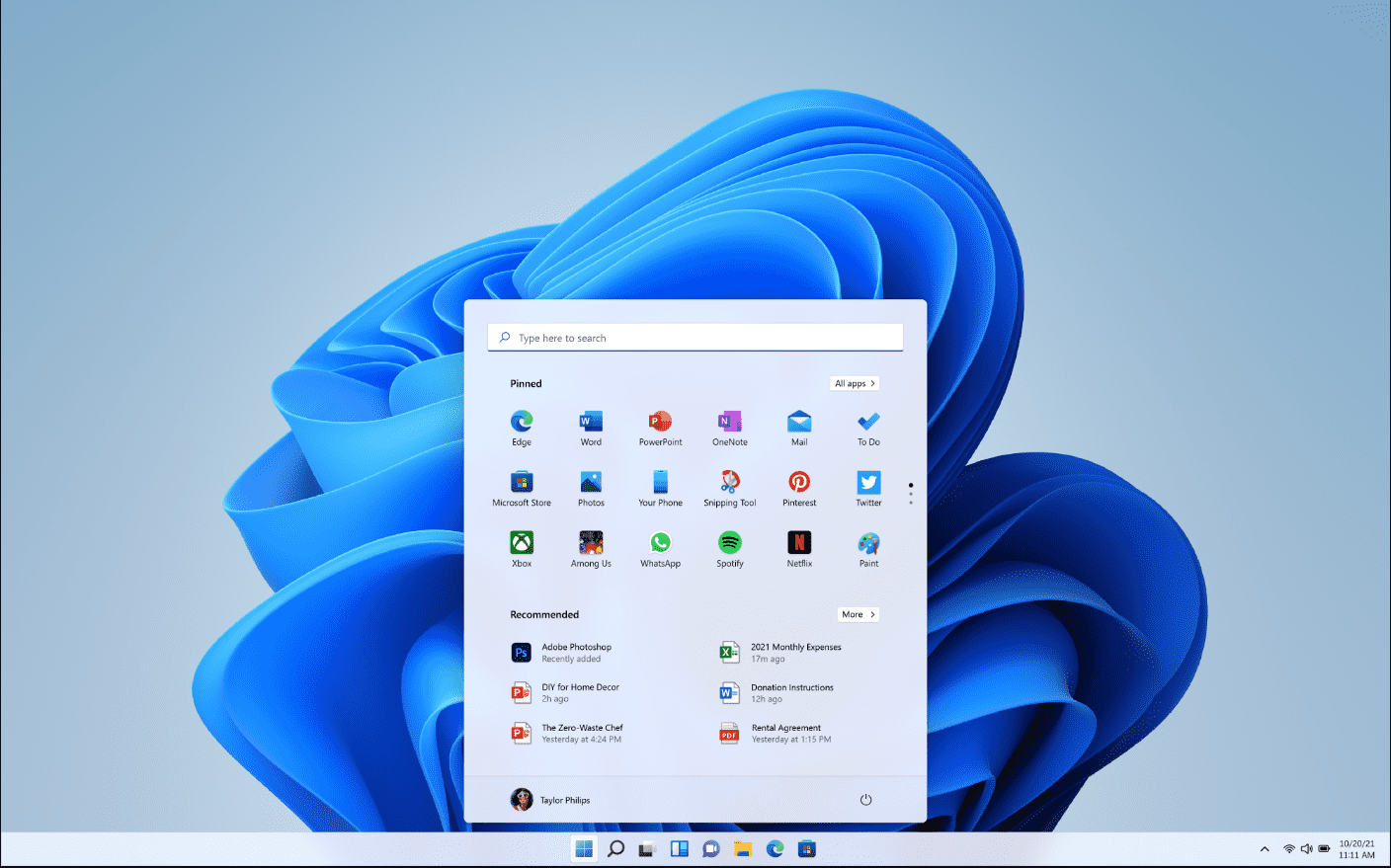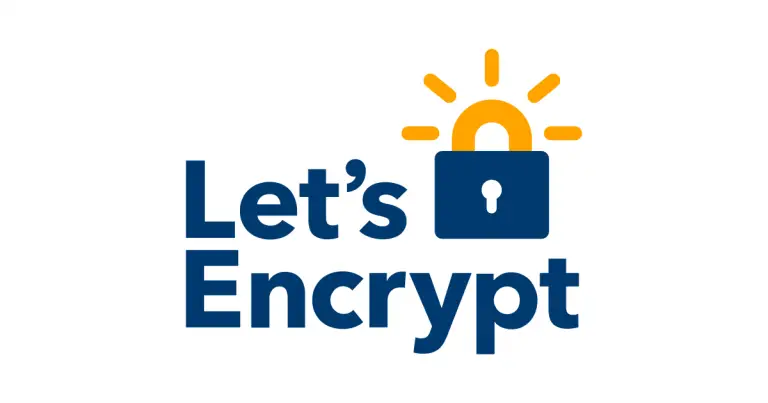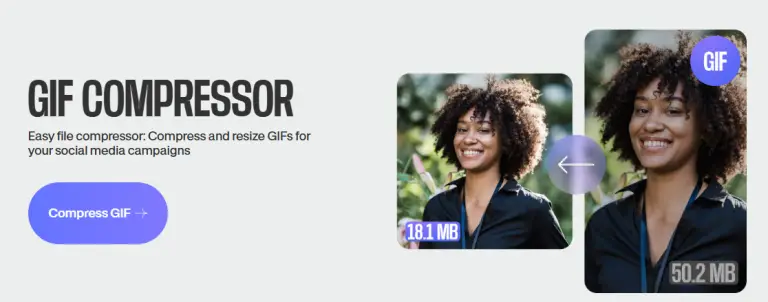
Microsoft once again finds itself under scrutiny over Windows security updates. The controversy began when a recent security patch quietly added a mysterious folder to users’ systems without any explanation. Online forums were soon flooded with advice urging users to delete it—until Microsoft issued a warning: removing the folder could leave the system exposed to potential attacks. It was later revealed that the folder in question—inetpub—indeed introduced a different attack surface within Windows.
Amid the confusion, Microsoft found itself facing yet another contentious topic: plans to charge for a new security update mechanism that operates without requiring system reboots. This refers to so-called hotpatches—updates applied directly to memory without the need for restarting the machine. The first reports of this feature emerged on April 14, noting that it would become available for Windows 11 Enterprise version 24H2 running on AMD or Intel processors managed via Microsoft Intune.
Further details have now come to light. Microsoft representatives—Janine Patrick, Product Marketing Manager for Windows Server, and Artyom Pronichkin, Senior Program Manager—confirmed that, beginning July 1, the hotpatching system for Windows Server 2025 will transition to a subscription-based model. To receive such updates, users must run Windows Server 2025 Standard or Datacenter editions and connect their servers to Azure Arc. Most notably, a paid subscription to the Hotpatch service will be required.
For context: hotpatching has long been available at no additional cost for users of Windows Server Datacenter: Azure Edition, and that policy remains unchanged. However, for Windows Server 2025, this convenience will now carry a price—$1.50 per processor core per month. According to Microsoft, while servers will still need to reboot roughly four times a year for baseline updates, hotpatching will eliminate the need for traditional reboots after Patch Tuesday updates, significantly reducing downtime and operational disruption.


